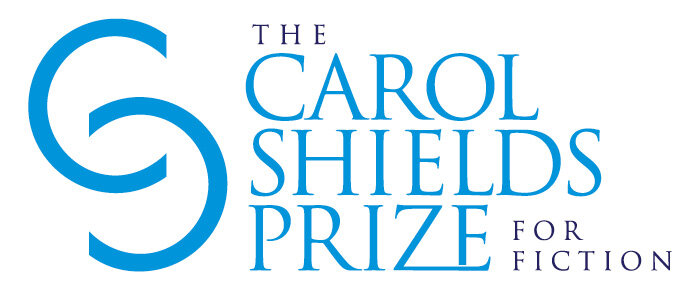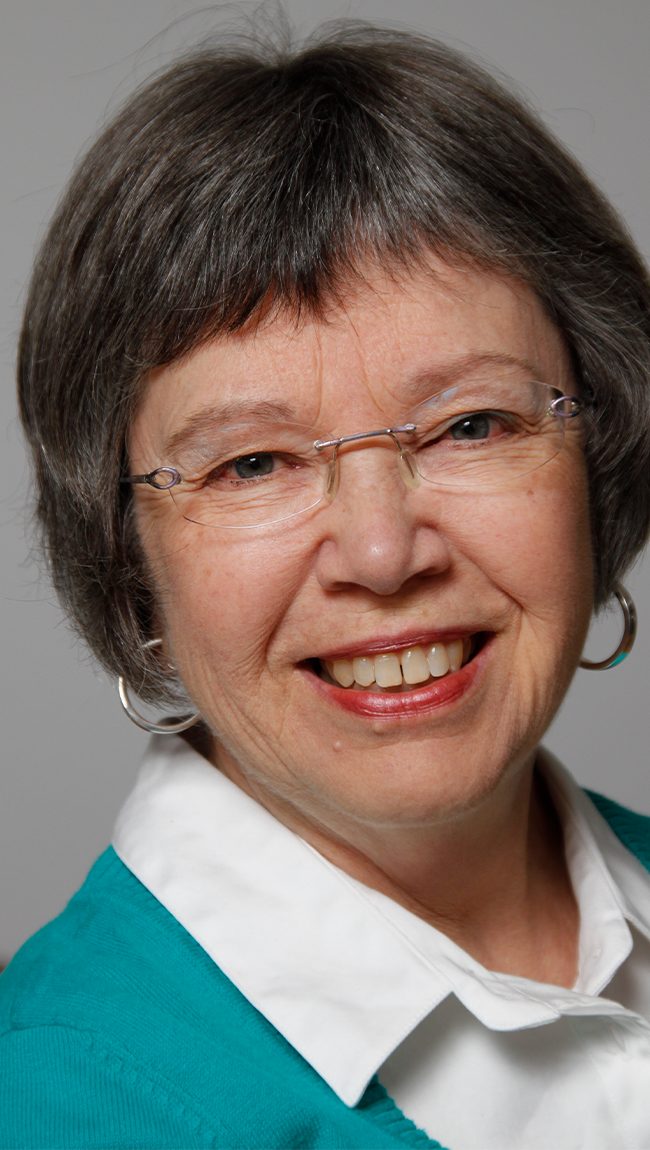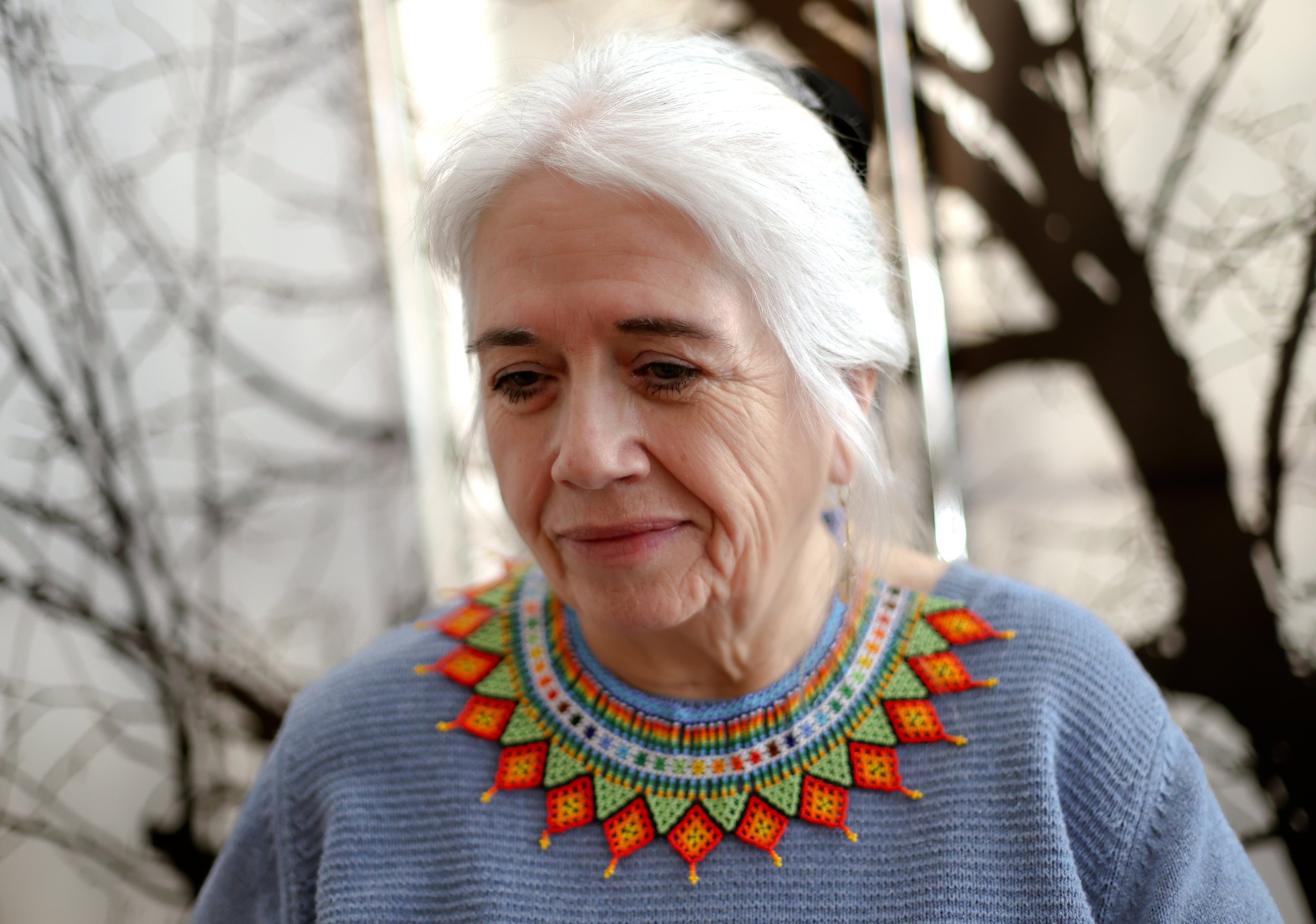Behind Every Great Woman… (Is Another Great Woman)
By Emily Donaldson
As the countdown to the inaugural Carol Shields Prize begins, we asked women fiction writers to name some of the writers who have inspired them.
When I was a young reader, I was, of course, like most Canadian girls, a voracious reader of L.M. Montgomery, which I found similar to the writings of the Comtesse de Ségur, whom I read in French: both wrote about girlhood and childhood friendships between girls as they grew into adolescence. In my teenage years, I loved the work of Margaret Laurence, especially her novel, The Stone Angel, and also read Margaret Atwood and Carol Shields. Of Shields’ work, my favorite was Swann; of Atwood, my favorites then, were, Cat’s Eye and The Handmaid’s Tale. I have to say that I also loved Atwood's The Testaments. In my mid-teens, Alice Walker’s In Search of Our Mothers’ Gardens led to a world of reading in Black American Literature. Through her, I discovered the works of Zora Neale Hurston, Nella Larsen and Toni Morrison. When she was living, Toni Morrison was probably one of the few writers whose works I was guaranteed to buy as soon as they appeared. Of her works, I cherish both Beloved and Paradise. One of my current favorites is Haitian writer Emmelie Prophète. I hope that her novel Les villages de Dieux (2020) is soon translated from the French; she has one novella translated from French to English entitled, Blue.
Who should we be reading in 2023? If you haven’t read her yet, I would highly recommend Jamie Figueroa’s Brother, Sister, Mother, Explorer and a recent non-fiction book of essays, Thick by Tressie McMillan Cottom. These were some of my favorite books of 2022. I can’t wait to see what comes out next!
—Myriam Chancy, author of What Storm, What Thunder
• • • • •
Persuasion has a deep hold on me. All the Austen elements are there: a central female character (Anne Elliott), a moral principle (don’t mess with young people in love), an ambitious abstraction (persuasion), and a motley bunch of hypochondriacs, sycophants and boors (though one longs for a few more of them). Unusually, there’s much raw emotion too. Anne is hurt, lonely, bereft, silenced, abused, ignored and undervalued. She yearns without hope for Captain Wentworth—whom I now increasingly resent. The man is a real cutie-pie. Champion sulker. You begin to wonder if he’s such good husband material after all. Inordinately miffed about Anne’s mild surrender to the persuasive powers of her relatives, off the peevish Wentworth sails to battle whole nations into submission, in service of empire! When he should have been home, tending Anne.
—Lucy Ellman, author of Ducks, Newburyport
• • • • •
Miriam Toews is a god-sized source of constant inspiration. I fall madly in love with every book she writes, and cannot get over her virtuosity and tragicomic sleight-of-hand. She takes huge emotional risks. A very different voice, but with access to something equally sublime and wild, Sheila Heti is a mystical genius. I tend to finish her books then restart them immediately. They are so dense, brilliant and singular in their structure, reach and playfulness. Like Miriam, she knows how binding humour is for the reader, how it has the same feel as fantasy, music, levitation, love. Cherie Dimaline’s worlds are urgent, inventive and searing, and hers is a critical and wholly original voice. Catherine Hernandez and Samra Habib’s beautiful books still circulate in me. Like all good writers, they left me changed—and wanting to write.
—Claudia Dey, author of Heartbreaker
• • • • •
This fall, while wrestling with writer’s block, I reread the complete works of Alice Munro. I could feel my writerly self being nourished with every story.
While reading “Face,” in Too Much Happiness, I came across this: “In your life there are a few places, or maybe only the one place, where something happened, and then there are all the other places.” That sentence gave me a poem. Once again, thanks to this author, I was learning afresh something I had always known. (Editor’s Note: Read K.D.’s response poem to “Face” at the bottom of this article.)
Alice Munro has taught me to appreciate the glorious untidiness of life. To look for the miraculous in the mundane, the spectacular in the simple. And to remember that the most fascinating, terrifying, exotic and dangerous terrain I can explore in life and in writing is that of the human heart.
—K.D. Miller, author of Late Breaking
Sefi Atta, Buchi Emecheta, bell hooks, Zeba Blay, Octavia E. Butler, Helen Oyeyemi, Nicole Dennis-Benn, Candice Iloh, Toni Morrison, Chika Unigwe, Tanaïs, Zadie Smith, Nnedi Okorafor, Dionne Brand, Téa Mutonji, Chinelo Okparanta, Canisia Lubrin, Nalo Hopkinson, Arielle Twist, Zalika Reid-Benta are some among many, many writers who continue to inspire and inform my practice as a storyteller.
Some books I've been loving are Carefree Black Girls: A Celebration of Black Women in Popular Culture by Zeba Blay and Pleasantview by Celeste Mohammed.
—francesca ekwuyasi, author of Butter Honey Pig Bread
• • • • •
Four authors who inspire me at the moment: I keep returning to the work of Nishnaabeg writer Leanne Betasamosake Simpson, especially her fragmentary-lyrical This Accident of Being Lost, melding story and song in powerful combination. I’m crazy about number one earth, the debut book of Philadelphia-based jasper avery (published by Montreal’s Metatron Press for Rising Authors), for its heartbreaking, ecstatic transcendence. I also enjoy American-Canadian Ruth Ozeki’s expansive vision, including A Tale for the Time Being with its themes of uprootedness, spirituality and loss. Finally I have to include Paulette Jiles, an American writer of exquisite prose, who worked for the CBC for many years and helped set up Indigenous language radio stations in northern Quebec and Ontario, learning Ojibwe in order to do the work.
—Kathleen Winter, author of Undersong
• • • • •
As a young girl I was deeply influenced by the understated, subtle yet revolutionary writing of Ethel Wilson in Swamp Angel. In 1957 when I was a one-year-old, in the woman-oppressing 50s, Wilson wrote of a woman risking everything to take her life into her own hands. I also remain in the thrall of Margaret Laurence and her poignant and visceral storytelling. For 2023, The Berry Pickers by Amanda Peters is a must-read. Subtle and bold at the same time, the story line operates on a number of levels from a straightforward but captivating tale to commentary on the variety of ways Indigenous children are targeted.
—Michelle Good, author of Five Little Indians
• • • • •
For me the most perfect murder mystery ever written happens also to be one of my favorite literary books of all time: Memento Mori by Muriel Spark. The main "murderer" is simply old age, but somehow Spark, in a novel she wrote when she was not old at all, managed to make mortality vivid, and also very funny. Even weirder is that Spark also wrote one of the best of the novels set during the second World War—The Girls of Slender Means—and then also one of the finest (sneakily) political novels, The Prime of Miss Jean Brodie.
—Rivka Galchen, author of Everyone Knows Your Mother Is a Witch
• • • • •
Camilla Gibb is known for her raw and compelling prose and her latest book, The Relatives, is an elegant, tightly written novel—a beautiful read. Te-Ping Chen is a newer voice, whose book of short stories, Land of Big Numbers, is surreal and yet also rooted in realistic characters who find themselves in poignantly absurd situations. I’ve also been reading Liz Howard’s poetry book Letters in a Bruised Cosmos, which is strikingly beautiful with powerful images and ideas. In terms of all-time favorites, Flannery O’Connor is at the top of my list. I also like Zadie Smith, and I feel I should mention Lucy Ellman’s Ducks, Newburyport for its stylistic achievement, although I haven't been able to finish reading it myself!
—Ann Shin, author of The Last Exiles
Where Something Happened
by K D Miller
“In your life there are a few places, or maybe only the one place, where something happened, and then there are all the other places.”
Alice Munro, “Face,” in Too Much Happiness
It’s not that you can never go home. More like you can never leave.
Not entirely. Part of you remains, like a hat or glove left behind,
softly nudging the back of your mind until you have to test its hold.
Decide whether to go back and claim it, or shrug and move on.
My parents enter the living room, holding hands. They’ve come
from the kitchen or bedroom, fresh from talking or touching.
Just inside the front door that is never opened except to guests,
I watch unseen and unknown, waiting to arrive or take my leave.
What has drawn them, moved them, is their canary, trilling
one of his arias from his cage, where song is his only flight.
Even now, I must look away from my parents’ expressions,
their joined hands, glad they don’t see me where I am not yet.
This is the place where something happened. Everything else –
the yelling, the silence, the slamming of doors – may come first
to mind, but always gives way to this man and this woman.
Coupled and listening. Remembering what might still be.
November 2022









